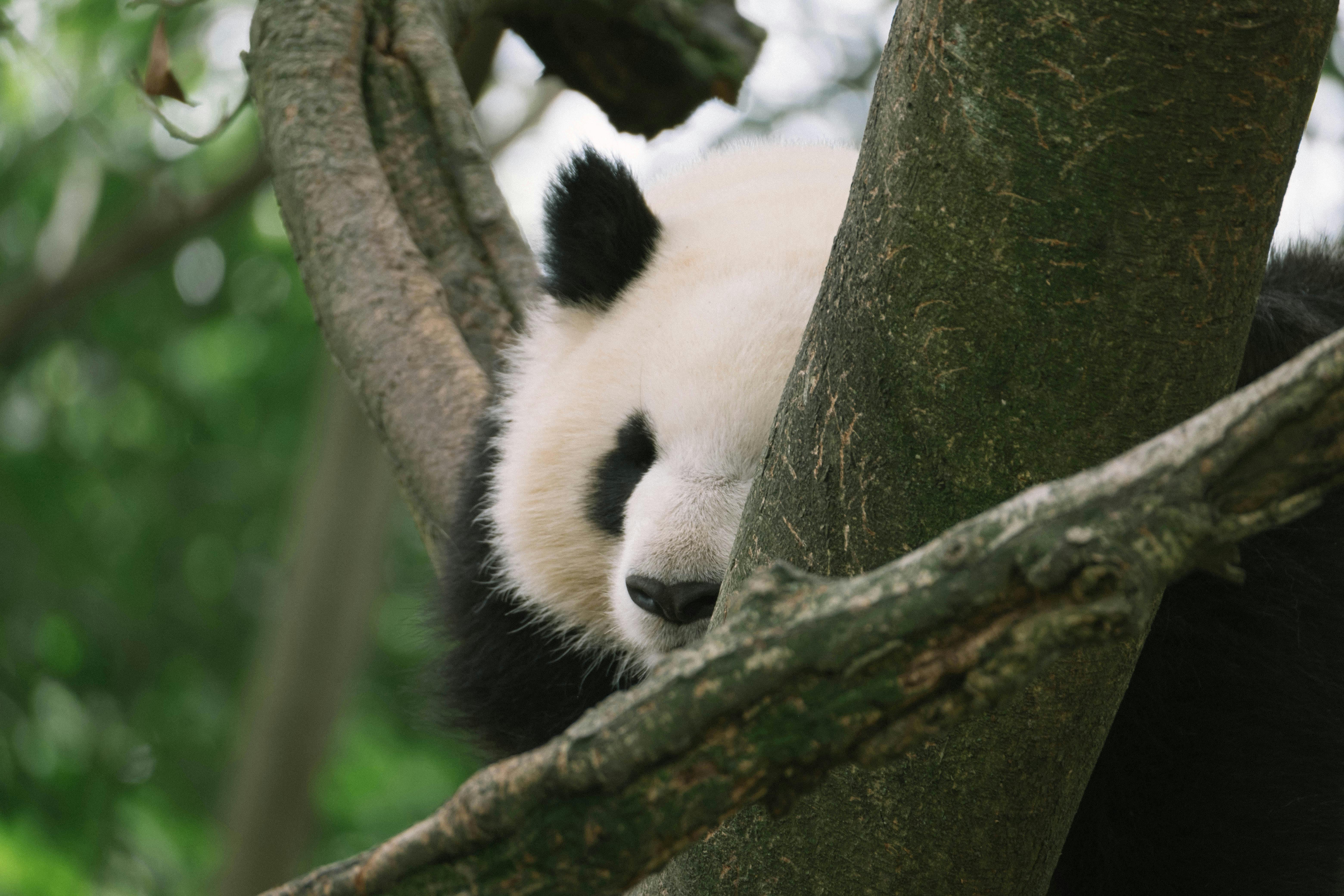Hi everyone,
We always talk about endangered species and how we really need to help them. But we never really say how we can help them. I mean of course, stop climate change, remove the plastic pollution from the ocean, ban hunting, but those are massive tasks and not easy or quick to do. So how do scientists stop species from going extinct? With nearly 40 000 species threatened, there is no one solution for all species.
There are obviously more options that scientists are looking into, but these are a couple of them. We hope you enjoyed this post. Let us know what you think about these methods in the comments!
We always talk about endangered species and how we really need to help them. But we never really say how we can help them. I mean of course, stop climate change, remove the plastic pollution from the ocean, ban hunting, but those are massive tasks and not easy or quick to do. So how do scientists stop species from going extinct? With nearly 40 000 species threatened, there is no one solution for all species.
Habitat conservation and official protection
One of the most basic and yet often really effective form of conserving and restoring populations is to protect and conserve their habitats. This often includes legal bodies forbidding deforestation or mining. Many habitats have been made into national parks or other protected areas and in some places, visitors are strictly prohibated. In other places, voluteers are working day and night to clear plastic on beachs and in rivers. Bans on hunting and poaching have been effective in many speices such as sea otters, whose incredible fur lead to excessive hunting until an international ban on hunting, which pushed sea otter populations back up. Another common example of legal protections is whales. They were hunted close to extinction until protected by the International Whaling Commission. Although there are still countries that refuse to ban whaling, whale populations have been slowly making their comeback.Captive breeding and artificial insemination
Now we start to move into methods that have a lot of critism. Don't get me wrong, banning hunting and whaling met a lot of opposition, but probably not as widespread as our next method. Lots of people don't like zoos, I get that, I don't particulary like looking at big cats pacing inside small inclosures or polar bears desperately trying to find shade in an ice free enclosure in the middle of hot summer. But lots of zoos do important conservation work. Sometimes, it isn't possible to protect an animal in its natural habitat. Lots of governments don't want to or can't ban hunting and it often continues illegally anyway. Many zoos have breeding programms to help with exactly those problems. They breed animals in the zoo and wait until the young have matured before sending them back to their natural habitat to boost the local population. This isn't without problems, animals can find transportation from zoos to wilderniss very stressful especially if it means long distance travel. There are also problems with the animals not being able to survive in the wild because of not being used to predators or different food to what they had in the zoo. Not to mention the fact that this still doesn't make their time in the zoo any better. Some animals like pandas don't always mate even when given the chance. Here zoos often resort to artificial insemination. Again this is met with the critism that these procedures aren't comfortable for the animals and are sometimes unnecessary.Relocating species to a new habitat
The last point I want to talk about today, is possibly the most controversial. The idea of relocating species to a different habitat is constantly argued about among scientific circles. Many biologists and ecologists say that it's a bad idea, others say that it's necessary to stop these species from dying out. The main idea is that if a habitat becomes uninhabitable, for example it dries out due to climate change, researchers look for another area that the homeless animals might thrive in. Another name for this is assisted migration. This is currently being trialed in western swamp turtoises in Australia. Their habitat is drying out because of reduced rainfall. So a team has attempted to rehome them. Critics warn of these relocated species becoming invasive species and uprooting the new ecosystem. Species can also often have a hard time adapting to new environments due to different climates, landscapes, food options and predators, similar to how animals bred in capativity struggle when reintroduced to their actual habitat.There are obviously more options that scientists are looking into, but these are a couple of them. We hope you enjoyed this post. Let us know what you think about these methods in the comments!
Your Green World Blog Team💚
Sources:
https://earth.org/how-many-endangered-species-are-there/
https://www.buildastash.com/post/types-of-wildlife-conservation
https://www.conserve-energy-future.com/biodiversity-conservation-types-importance-methods.php
https://www.nationalgeographic.com/animals/article/endangered-animal-species-mating-spd
https://www.nhm.ac.uk/discover/ten-animals-we-have-saved-from-extinction.html
https://www.nature.com/articles/d41586-023-02732-0
Images:
Title image owned by a blog editor with copyright free images included.
Whale, owned by Blair Haggerty (on flickr.com), is licensed under CC BY-NC-ND 2.0.
Close-Up Shot of a Panda Bear on a Tree Branch is owned by .M.Q Huang on pexels.com.
https://earth.org/how-many-endangered-species-are-there/
https://www.buildastash.com/post/types-of-wildlife-conservation
https://www.conserve-energy-future.com/biodiversity-conservation-types-importance-methods.php
https://www.nationalgeographic.com/animals/article/endangered-animal-species-mating-spd
https://www.nhm.ac.uk/discover/ten-animals-we-have-saved-from-extinction.html
https://www.nature.com/articles/d41586-023-02732-0
Images:
Title image owned by a blog editor with copyright free images included.
Whale, owned by Blair Haggerty (on flickr.com), is licensed under CC BY-NC-ND 2.0.
Close-Up Shot of a Panda Bear on a Tree Branch is owned by .M.Q Huang on pexels.com.

.png)


Comments
Post a Comment